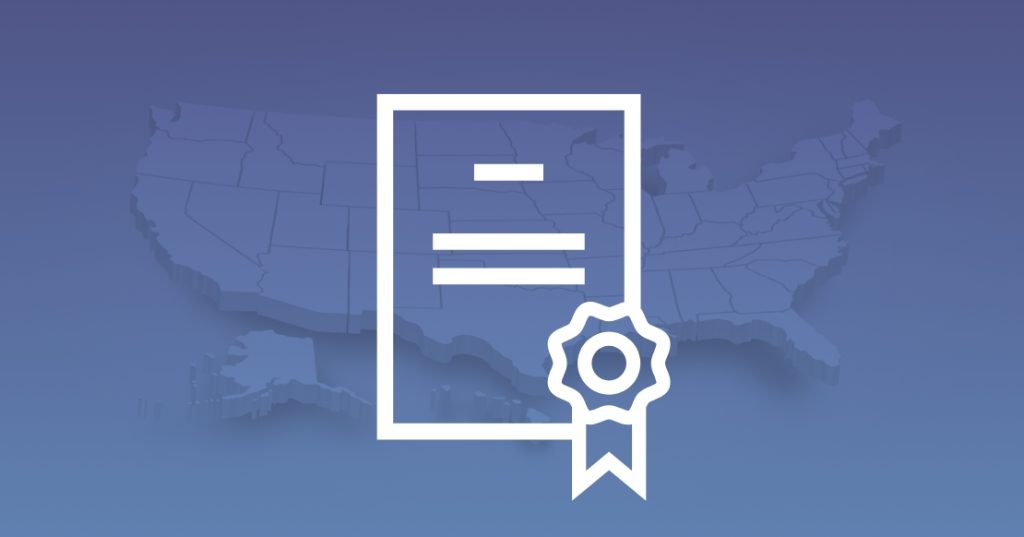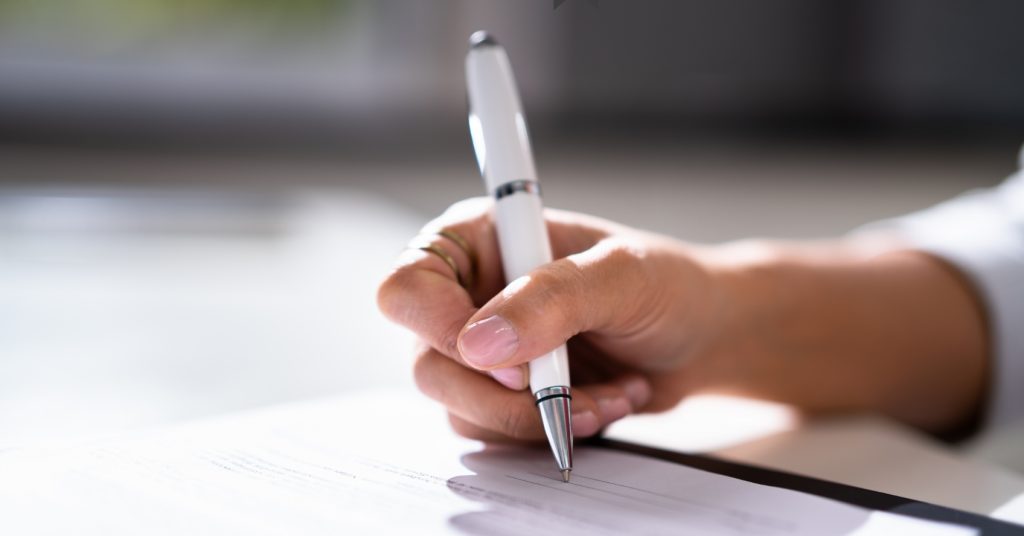Moving? Here’s How to Transfer Your Dental License to Another State
You may run into some trouble as you investigate how to transfer your dental license to another state because many states do not call it a transfer. Instead, it’s a “license by credential.” That means you have an active, unrestricted license in good standing from another state, and the criterion for your old state matches your new one.
In that case, the board reviews those credentials to determine whether to allow you to practice. This is a much faster and more streamlined process for getting your license than you initially experienced. Here is what you need to know for how to transfer your dental license to another state.
How to Transfer Your Dental License to Another State
License requirements vary from state to state but they all follow the same broad process for how to transfer your dental license. Follow these steps:

1. Research State-Specific Requirements
Unfortunately, your dental license isn’t automatically reciprocal when you move states — meaning that it would be recognized without further action. However, many states have agreements for recognizing out-of-state licenses on an expedited process due to high need.
Before you can get started on your transfer, you will need to research the state-specific requirements of your planned location. Below, you will find links to the individual dental boards for each state that will provide more information on how to transfer your dental license.
See the information for your new home state here.
2. Prepare Your Application
Most states offer dental license applications through online portals, though paper forms are still optional in many others. As you know, these applications can be extensive. States will require a listing of your educational background, clinical experience, existing licenses, examination results, and more. It’s best to have all this paperwork by your side and ready as you fill out your application.
In some states, the application process could be identical to the first time you applied for your license, including an examination and some additional CE credits. Other states have more reciprocal relationships, focusing instead on the validity of your current license when making their decision. This makes the application process much simpler.
3. Verify Your Details
You must submit documentation to back up all the information you put in your application. It’s smart to keep digital copies of all these records in a dedicated folder on your computer so you can easily upload them for review. You may also have to ask your current state to verify your license with your new one. That can be done by going to your state dental board website.
4. Submit Your Licensing Fees
Again, the cost of transferring your dental license will vary from state to state. It can range from several hundred dollars to over $1,000 USD, depending on individual components like fees for criminal background checks, examinations, or credential evaluations. States with high need may offer waiver programs where you can have some of these fees reduced. There may also be reduced fee options for recent graduates or military veterans.
5. Complete Additional Requirements
Some states will have additional criteria for dental license transferees to follow. The most common is CE credits. Some states will grant you a provisional license with the expectation that you’ll complete these credits within a specific time period. Others will require that these credits be completed prior to your license being granted. Be sure to verify this ahead of time so you don’t face any delays.

Ways to Speed the Application Process
There’s not much you can do about the bureaucratic red tape you will face when transferring your dental license to another state. It can be frustrating, as the care standards don’t change. You are still expected to provide excellent medical care while respecting your patient’s privacy and well-being. But, because states can set their own criteria, you must submit a new application when you want to move over state lines. There are some ways that you can speed up the process, though.
- Gather documentation early: Getting a copy of your college transcripts is pretty straightforward if you are a new graduate. If you graduated 20 years ago, that will be a bit more difficult. You may find that the school you attended is teaching under a different name or has been bought out by another facility, and your transcripts have become challenging to find. If you start gathering all the information you need early, you will know when you’ve encountered an issue that could delay your process.
- Stay on top of your CE: Most states will have CE requirements for dental license transfers. You’ll have a specific number of credits due every one to three years, no matter what. If you are keeping on top of them, you may be able to use these credits to meet the requirements in your new state.
- Use a recognized CE program: Many online companies will offer continuing education for dentists, but their certificates aren’t worth the paper that they are written on. Choose a reputable, recognized CE program so you can ensure that your credits transfer and you will not have to redo everything when you move to a new location.
- Set calendar follow-ups: The body responsible for reviewing your application may reach out by email, letter, or phone call if something is missing. But, as you are moving, you may not receive these notifications. Schedule a regular weekly follow-up on your calendar where you check the status of your application, so you will not miss anything.
An ounce of prevention is worth a ton of cure when it comes to transferring your dental license to another state. Be prepared, organized, and researched, and you will find it much easier to continue practicing as you change locations.
FOUNDATIONS MEMBERSHIP
New Dentist?
This Program Is Just for You!
Spear’s Foundations membership is specifically for dentists in their first 0–5 years of practice. For less than you charge for one crown, get a full year of training that applies to your daily work, including guidance from trusted faculty and support from a community of peers — all for only $599 a year.

By: Spear Team
Date: July 13, 2023
Featured Digest articles
Insights and advice from Spear Faculty and industry experts


